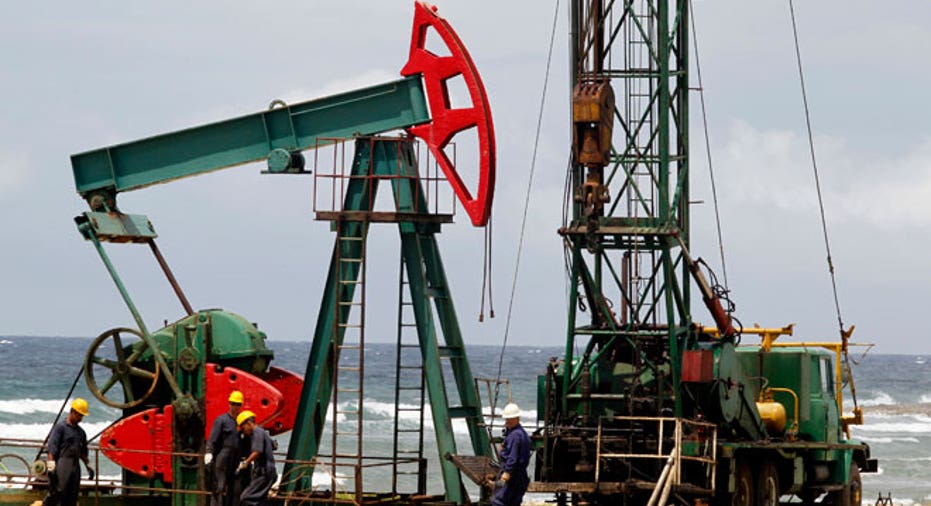IEA Sees U.S. Oil Output Collapsing Next Year on Low Prices

Lower oil prices will force non-OPEC producers including the United States to cut output by the steepest rate in more than two decades next year, rebalancing an oversupplied oil market, the International Energy Agency said on Friday.
The IEA, which advises the world's biggest economies on energy policy, said global oil demand was poised to climb to a five-year high this year thanks to lower prices.
It steeply revised its outlook for demand for oil from the Organization of the Petroleum Exporting Countries.
The report is one of the most bullish for OPEC since the group shocked markets last year by deciding against cutting production, choosing to fight for market share and depress the output of higher-cost producers such as the United States.
"The big story this month is one of tightening supply, with the spotlight firmly fixed on non-OPEC," the IEA said in its monthly report.
"Oil's price collapse is closing down high-cost production from Eagle Ford in Texas to Russia and the North Sea, which may result in the loss next year of half a million barrels a day - the biggest decline in 24 years."
The projected drop in output would be the largest since 1992, when non-OPEC supply contracted by 1 million barrels per day (bpd) from the previous year, with the collapse of the former Soviet Union.
The IEA said it now expected U.S. light, tight oil production to shrink by 0.4 million bpd next year after expanding by a record 1.7 million bpd in 2014.
Meanwhile, global oil demand growth is expected to climb to a five-year high of 1.7 million bpd or 1.8 percent in 2015, before moderating to a still-above-trend 1.4 million in 2016 - 0.2 million more than in the previous IEA report.
In 2014, growth stood at a five-year low of 0.8 million bpd.
As a result, the world would need much more crude from OPEC, the IEA said. It estimated that the group would need to pump around 31.3 million bpd in 2016 - 0.5 million bpd more than the forecast in the previous IEA report - to balance the market.
In the second half of 2016, OPEC would need to pump some 32 million bpd - the first time the world would require more oil the group currently produces.
OPEC, led by Saudi Arabia, has been pumping much more oil than the market needed over the past year, resulting in global oversupply and a price crash.
RISKS
The developments predicted by the IEA should help rebalance oil markets next year and potentially lift prices, which in August sank to six-year lows due to a growing glut and as concern deepened over the Chinese economy.
The IEA said China's economic health represented one of the biggest bearish risks to its forecast but added that Chinese demand for oil products remained remarkably resilient, with growth in the first half of 2015 at more than 5 percent.
"We expect China, the world's second-largest oil consumer, to keep up its crude purchases despite the recent stock market collapse, currency devaluation and steady stream of negative macroeconomic news. Beijing could also buy extra crude to fill up its strategic reserves," the IEA said.
It predicted Chinese oil product demand growth at over 3 percent in 2016.
Before the market rebalances in the second half of 2016, global inventories - already at record levels - will continue to grow and put further pressure on oil prices.
And by the time markets begin to rebalance, Iranian oil could return in big volumes if sanctions are lifted. Iran's crude exports have fallen from roughly 2.2 million bpd at the start of 2012 to around 1.0 million bpd in August.
"While there is unlikely to be a substantial boost in Iranian production before next year, oil held in floating storage could start to hit world markets before then," the IEA said estimating Iran's floating storage at 44 million barrels of which it said condensate amounted to some 60 percent.
(Editing by Dale Hudson)



















